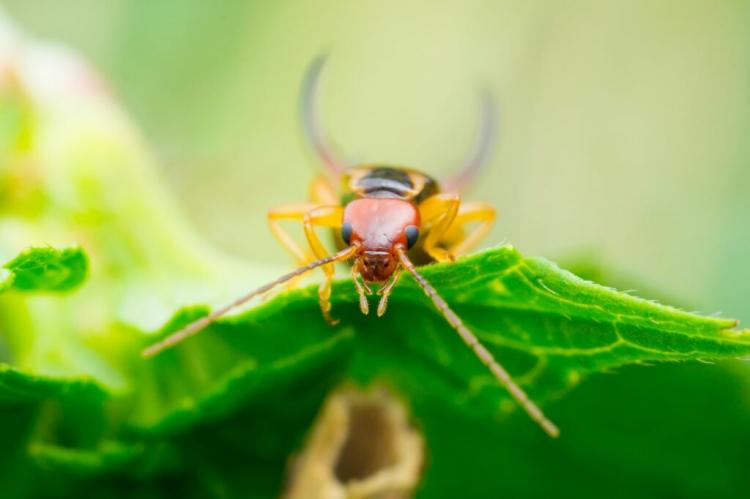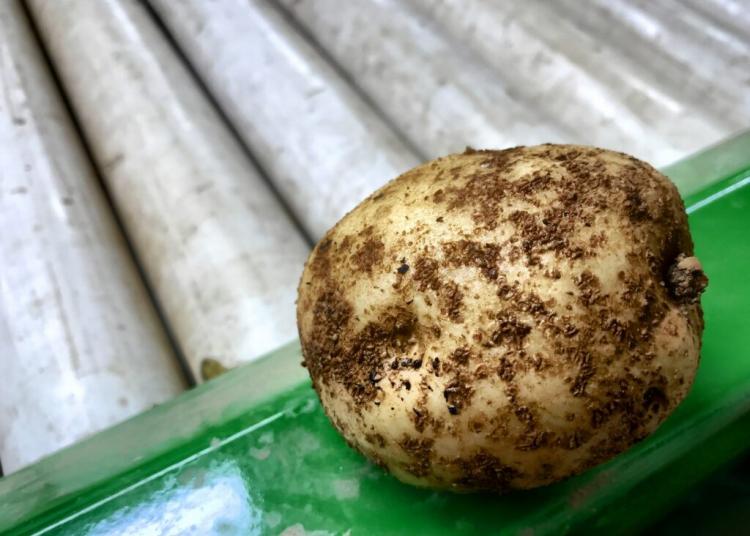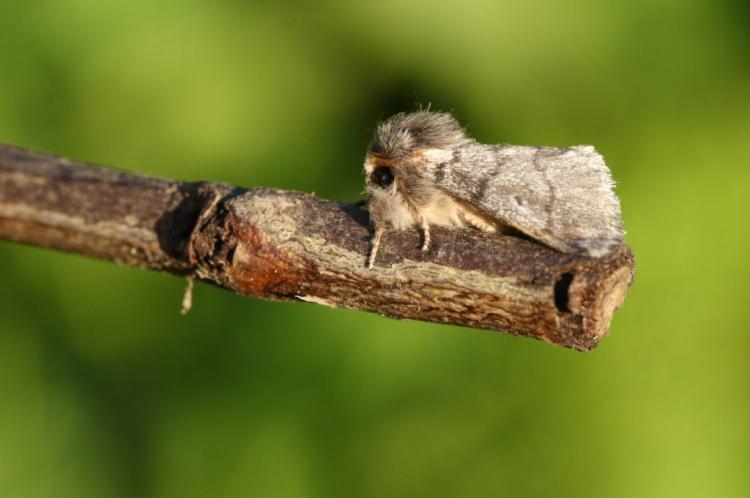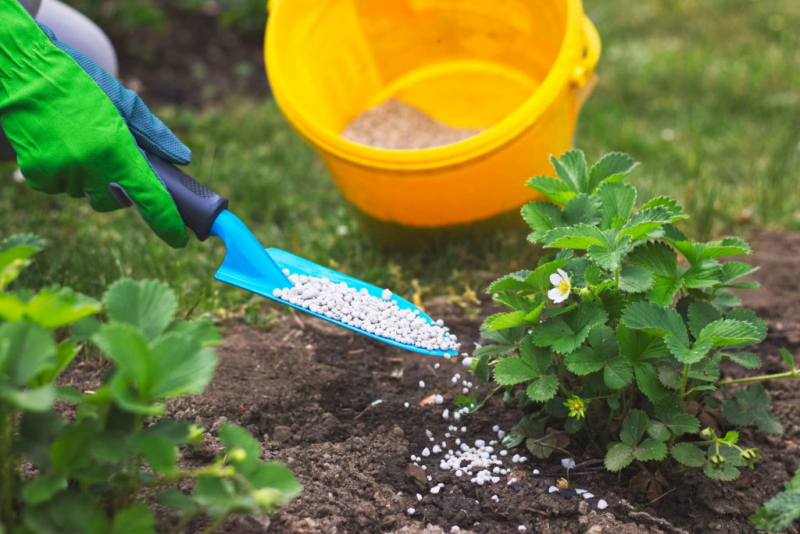Earwig: Useful Or Dangerous?
Of course, Earwig doesn’t belong in the apartment. But are they dangerous and do they really creep in your ear at night? Find the facts here.
The Earwig or earwigs in general – has not really gotten warm since the Middle Ages. New findings have completely changed the light on him: Now he is no longer supposed to be a malicious parasite of our ears, but a useful garden helper. We explain to you whether the Earwig is useful, harmful, or dangerous.
First of all, we want to describe the pince-nez in its way and way of life soberly, then we will clarify whether pince-nez actually do anything to our ears. And after we have summarized whether it is a beneficial insect or a pest, we will explain to you how a pince-nez hotel in the garden can encourage small animals.
Earwig: description and way of life
Table of Contents
Earwigs belong to the earwig order (Dermaptera). The included genus Forficula, which also includes the Earwig that occurs here and in North America, has existed for at least 34 million years. Although ear peasants are taxonomically flight insects, most of them rarely or never fly. Their membranous hind wings are hidden under the hardened forewings, which they can fold up in a complicated manner. In the common earwig ( Forficula auricularia ) the hind wings are so reduced that they can hardly fly. It has biting-chewing mouthparts and is omnivorous. He is rarely interested in selected types of ornamental plants or fruits. With a body length of only 9 to 16 mm, it is a small representative of its order – earwigs up to 6.5 cm in length live in Australia.
The pincers – called cerci – are used in hunting, defense, wing unfolding, and mating. Forficula auricularia is what is commonly referred to in the USA as “the Earwig” or ear hoax, ear louse, or even ear louse. Its way of life is cryptic, under damp leaves or bark, it finds food in cracks and crevices and also lays its eggs there. He only gets into the house by chance, but sheds, garages, balconies, and garden sheds are often chosen as a quarter. Here you will find out how to get rid of or fight ear pussies in the house, apartment, and garden with traps.
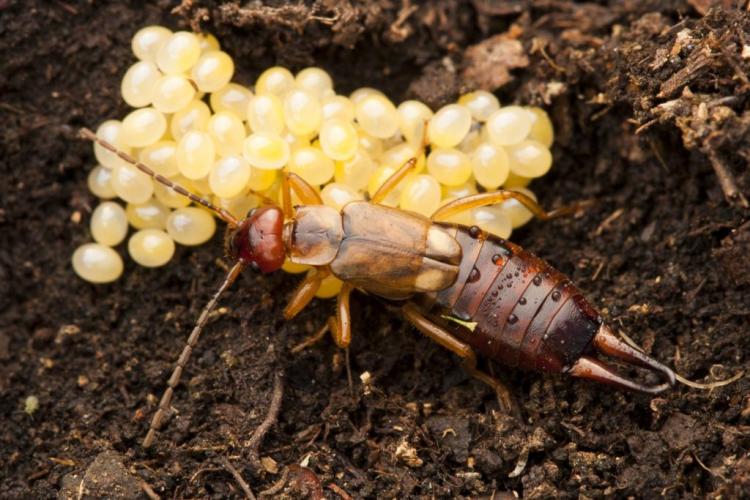
Earwig: myth or truth?
In the Middle Ages, it was believed that earwigs crawled into our ears at night, tore the eardrum with their forceps, and then laid their eggs in our skulls. The Middle Ages may have been a long time ago, but the naming still left a certain unease. Incidentally, this was even anchored in the Latin name: auricula means something like “little ear”.
And it is just as easy to explain why ear pimps like to stay in beds: Beds are often slightly damp – nowadays only when they are not ventilated, but in the Middle Ages it was difficult to drive the moisture out of houses, especially in rainy times. Also, the tightness and darkness like the ears and so the myth of the dangerous, crawling pest arose. Perhaps as revenge, the animals were later used as ear medicine: ground and sprinkled in the ears, they were supposed to cure hearing loss, ear diseases, or even deafness.
Tip: The “bite” of an Earwig, i.e. pinching with the pincers (cerci) at the end of the abdomen is not poisonous and does not hurt either. It can happen, however, that a pince-nez defends itself in this way if it is pressured too much. He is also able to shoot enemies up to 10 cm away with a secretion – a chemical weapon that is harmless to us.
You might so like: Home Remedies For Silverfish: What Really Helps?
The Earwig is a pest
Ear pests can appear as pests on grain stores, ripening grapes and peaches as well as on some ornamental plants – including clematis ( Clematis ), trumpet flower ( Campsis radicans ), angel’s trumpet ( Brugmansia ), and dahlias ( Dahlia). Although this behavior is more the exception than the rule, no pesticides have yet been approved for control, so that an infestation in commercial farming can definitely lead to problems.
Because the Earwig often gets into the crop during harvest, they also cause additional costs, because the harvest now has to be monitored more elaborately. In the vast majority of cases, however, the Earwig restricts itself to consuming fruits and plants that have already been damaged by other insects – so it is rarely responsible for the primary damage.
It can occasionally appear in human dwellings, but there is no plague, as the animals never produce more than two generations per year. In damp and dark sheds, garages, garden sheds, and on shady balconies, however, they like to look for quarters that they then populate too many. If you want to break up such a camp, learn how to do it in this article on ear peckers in the home. Our Gardender ant remedy is an effective way of combating unpleasant lodgers. It can also be used indoors and, if used correctly, poses no danger.
The Earwig is a beneficial organism
There’s a reason that proper field pince-nez control agents aren’t yet out: they’re actually either harmless or even quite useful most of the time. Since they mainly feed on detritus – organic waste – and fungi and algae, they are part of the valuable soil life and participate in the formation of humus and the release of nutrients. Because it also eats small insects, it partly serves as a beneficial insect: aphids and other slower plant pests are occasionally eaten, as well as the eggs of various butterflies and even powdery mildew fungi.
Last but not least, catchy tunes are, of course, themselves food for garden guests like sparrows, hedgehogs, and shrews. If you want to use the power of ear pincers and can occasionally get over a nibbled leaf edge or a secondary colonized apple, you should not hesitate to settle ear pincers rather than fight them.
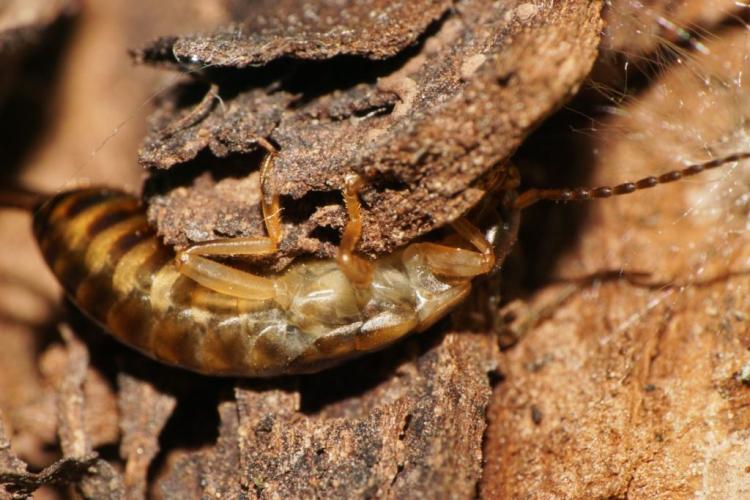
Conclusion: is the Earwig useful or dangerous?
In the garden, the Earwig is more useful than harmful, and in our gazebos and sheds, it is more annoying and unpleasant than actually dangerous. Its large pincers and its primeval appearance are particularly frightening to children. Here you should refrain from passing on the old wives’ tales of the parasitic ear crawlers.
You might so like: What Is A Horseradish: A Portrait The Sharp Root
There are many non-toxic and therefore also safe for humans and (pets) methods to get rid of the animal – we have summarized them for you in this article on Earwig in the home. We advise you to consistently keep earwigs out of human dwellings with the help of our Gardender ant remedy but to tolerate or even encourage them in the garden. It’s very easy: with an Earwig hotel that you can easily make yourself according to our instructions.
Tip: Our Gardender ant remedy can not only provide effective relief for ear peckers but of course also for ants (Formicidae), woodlice (Porcellio scaber ), and silverfish (Lepisma saccharine).
Attract ear peckers: hotels, flowerpots, and the like
To encourage ear peasants, you can make a good shelter for them. Such an ear-pecker hotel quickly leads to regular gatherings of the very sociable animals. Eggs are also laid here and are protected from many predators.
How is a pince-nez hotel built?
- Use a classic clay pot. If you want to hang it up later, it should have a hole in it.
- Fill the pot with straw, hay, or wood wool and dust it with a handful of soil.
- Pinch out a round shape out of chick wire, which protrudes about 3 cm above the edge of the pot when it is held out.
- Close the clay pot with the grid by bending it around the pot opening and looping a wire around it and twisting it tightly.
- You can put the prepared pot in the bed or hang it on trees or sticks. When hanging it up, make sure that the pot is in direct contact with the tree or with another natural means of climbing. It is also beneficial if the inside of the pot does not get too wet when it rains: You can cover the hole in the bottom with stuck-on potsherds, for example.
Tip: You can of course make the pot decoratively to turn the Earwig hotel into an eye-catcher in the garden. Or you can use particularly beautiful ceramics straight away. A ceramic Earwig hotel can easily be made out of any hollow, open garden decoration. However, if you do not want to attract the ear pincers, but want to get rid of them, you will find everything you need to successfully combat ear pincers here.
